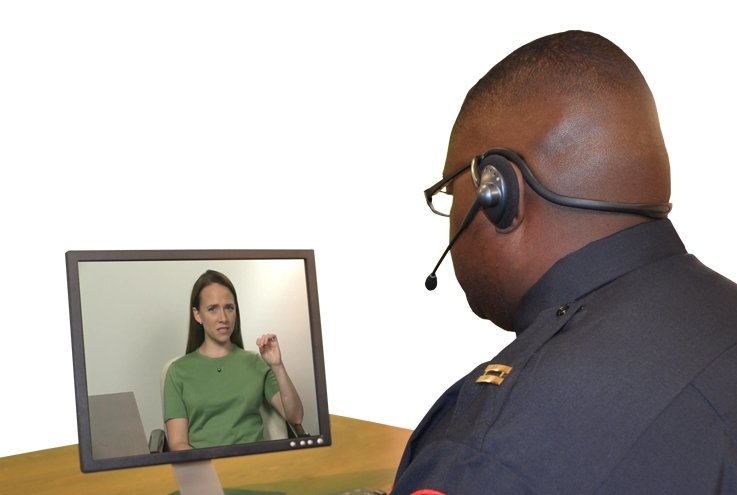October 20, 2013
18 Free Must Have iPad Apps For Teachers And School Administrators
Would you like to turn classroom’s iPads into recordable whiteboards enabling peer-to-peer teaching and collaboration? What about sharing positive feedback with your students while their parents can check their child’s school progress? The following list of 18 Free iPad Apps will make your teaching life easier!
by Christopher Pappas











